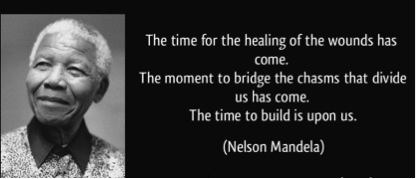Category: Journals
-
Self-healing in Gaza
29th August 2014 | Sarah Algherbawi | Gaza, Occupied Palestine Sarah Algherbawi is a Palestinian citizen who was born in Saudi Arabia in 1991 and now lives in the Gaza Strip. She finished her BBA degree in Business Administration at the Islamic University of Gaza, and now works as a media project coordinator. The killing and bombing is finally done.…
-
Injured and forced to walk
27th August 2014 | International Solidarity Movement, Khalil team | Hebron, Occupied Palestine It was a warm Saturday night in late August in al-Khalil (Hebron). For the Palestinian children school was starting the next day, and a feeling of anticipation and excitement for a new year of learning floated over the hot Palestinian night. A group of…
-
‘Legitimate’ targets
26th August 2014 | Charlie Andreasson | Gaza, Occupied Palestine This article was published before the recently agreed ceasefire. High-rise buildings have now been declared as legitimate targets for F-16 aircraft attacks. Yesterday evening a 16 story house called Little Italy, home to 100 families, was destroyed. No one was killed, but around 20 people was injured,…



